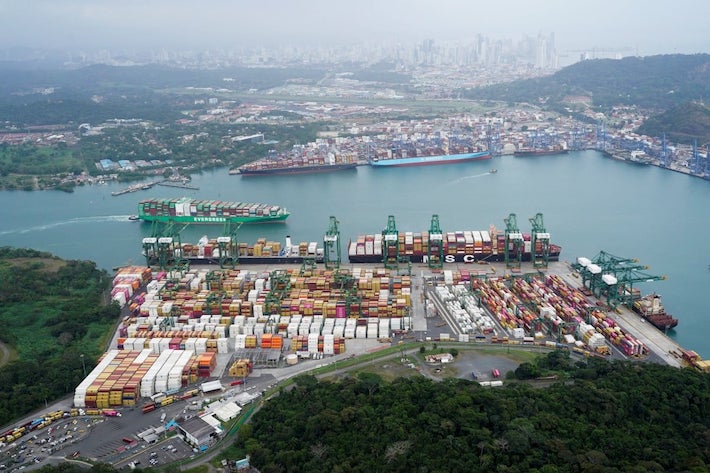The world has been on an accelerated pace of digitalisation that has affected everything from how we buy our groceries, to the way we work and how businesses ensure productivity and business continuity. Along with this comes a stronger need to ensure that all our information and activity in the digital-first world are secure.
The question is: can businesses use these imperatives to drive or accelerate positive transformation and emerge stronger than before?
The global pandemic has driven a rapid shift for most organisations to remote and flexible working arrangements. Almost overnight, we went from business continuity planning to business continuity execution, and the speed and scale of the transition has found organizations in different states of readiness and preparedness.
To better understand how organisations have responded and adapted to this fundamental shift from a cybersecurity standpoint, Cisco commissioned a survey of more than 3,000 IT leaders from small to large organisations across 21 markets in the Americas, Asia Pacific, and Europe during June to September this year.
The findings are captured in a report titled Future of Secure Remote Work.
The Future of Work is Hybrid
As organisations prepare for what our next normal will bring, it is clear that a flexible and hybrid work environment is here to stay.
Remote working reached unprecedented levels at the start of Covid-19 in March, with 56% of organizations in Asia Pacific (APAC) having more than half of their workforce working remotely, compared to only 19% before the pandemic.
However, our research reveals that 54% of organisations in the region were only somewhat prepared and 7% were not prepared to support the sudden shift to remote working at the pandemic’s outset – creating a situation that sent many cybersecurity and IT workers into overdrive to adapt.
Amid the accelerated transition to a remote work environment, a large proportion of APAC organizations witnessed a increase in the cybersecurity challenges they faced. Nearly seven in 10 organizations experienced a jump of 25% or more in cyber threats or alerts since the start of the pandemic, making it the region with the largest proportion of organisations to experience this increase globally.
This is likely due to malicious actors trying to take advantage of vulnerabilities and potential security gaps with users accessing corporate networks and cloud applications remotely.
A Transformation Opportunity
With the forced acceleration to a remote work environment calling our attention to the need for seamless and integrated cybersecurity, could the challenges of 2020 be a jolt that companies needed to transform their approach?
I believe it could be and the conditions are certainly right for doing so. Our survey reveals that cybersecurity has been catapulted up corporate agendas.
In APAC, 85% of organisations said cybersecurity is now extremely important or more important than before the pandemic for their organisation. Some 70% plan to increase cybersecurity investment, the highest across all the regions surveyed.
Nevertheless, there are still challenges that need to be addressed. Cybersecurity has historically been overly complex and 61% of APAC organisations said that a lack of employee education and awareness was the biggest challenge faced in reinforcing cybersecurity protocols for remote working, followed by having too many tools or solutions to manage (53%).
Preparing for Secure Remote Work
As organisations transition to become cloud-first and remote-first, and employees expect to work from anywhere on any device, cybersecurity needs to be the foundation behind the success of any digitalisation effort.
With one-third (34%) of APAC organisations expecting more than half of their employees to stay on remote working arrangements beyond the pandemic, we have a unique opportunity to fundamentally change our approach to cybersecurity to ensure that the future of remote work is smooth, seamless and secure.
This means simplifying systems, placing a strong focus on better and not just more cybersecurity, and working with organisations, industry partners and government bodies to help educate employees and raise cybersecurity awareness.
Below are our three key recommendations for APAC businesses:
#1 The future of work is dynamic: cybersecurity must meet the need of a distributed workforce
Policies and controls that once resided in headquarters must now follow the worker wherever and whenever they choose to require access.
Businesses must create a flexible, safe, and secure hybrid work environment with employees moving on and off the network with similar levels of protection. As business and IT leaders deliver significant changes to their technology and business priorities, cybersecurity should be the bridge that enables organisations to reach their full potential.
#2 The success of a flexible hybrid workforce hinges upon preparation, collaboration and empowerment
Network and security teams need to provide seamless and secure access to applications and services, anywhere and anytime. Security, networking and collaboration can no longer be seen in silos, they must work hand in hand.
Leaders must put in place additional enforcement protocols and enhanced cybersecurity policies. Solid employee education programs around cybersecurity are critical to build a healthy security culture.
#3 Simpler and more effective cybersecurity is critical to building business resilience
Security cannot be an afterthought – it should be the foundation behind the success of any digitalisation effort. To reduce the likelihood and impact of a cybersecurity breach, organisations need to look for ways to reduce the complexity of their cybersecurity measures.
The future of work has arrived, and it may not be exactly as we imagined it.
As businesses deliver significant changes to their technology and business priorities, cybersecurity should be the bridge that enables organisations to reach their full potential.
• Kerry Singleton, managing director of cybersecurity in Asia Pacific, Japan and China for Cisco.
This page was upgraded on February 12, 2022 for style purposes.






















